Most countries have a Chinatown, but it is much more authentic in Singapore, as over two thirds of its population are ethnic Chinese. Chinatown is in the district of Outram, within walking distance to Clarke Quay. In reality, only tourists use the term “Chinatown” when in Singapore, as the natives around here always prefer to call it “Niu Che Shui”.
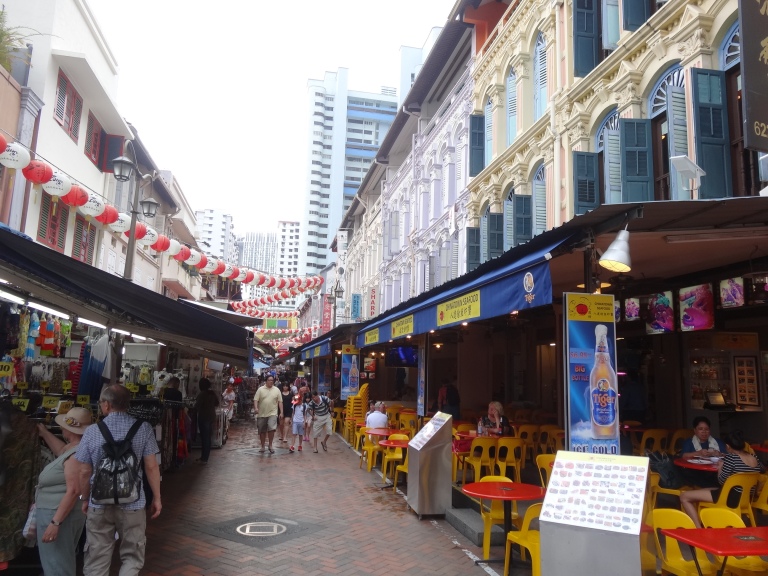

One of the best things about Singapore (aside from the food!) is the public transport network. Not many young people in Singapore can afford cars, so the MRT and public buses provide an easy and very affordable of travelling around the city. Chinatown has its own MRT Station which I accessed on the Downtown Line from Bayfront. Pretty much as soon as I left the station on this overcast day, I noticed the cacophony of sounds and smells that immediately entranced me. For a lot of Singapore’s Chinese descendants, this is the very enclave in which they go about their daily business, probably only venturing out of Chinatown for daytrips or special journeys. But really, Chinatown has everything they will need here, and being such an ethnically diverse place, it is a hoot with backpackers, too!
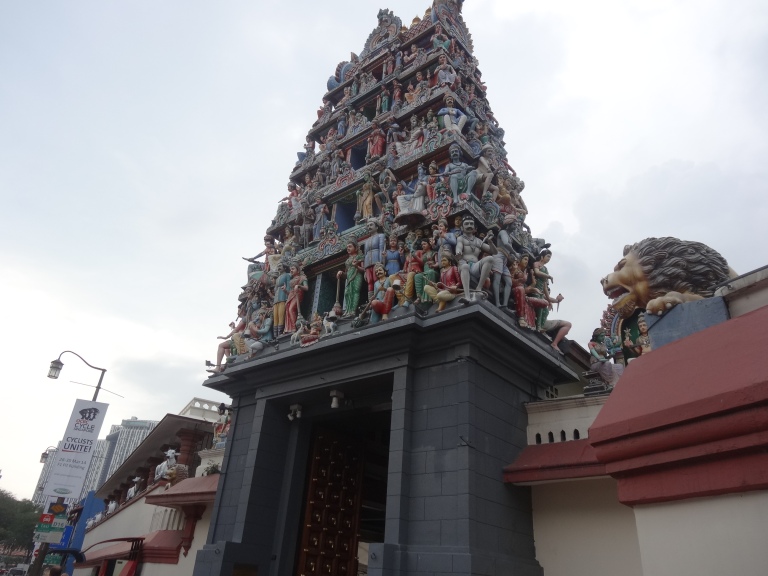
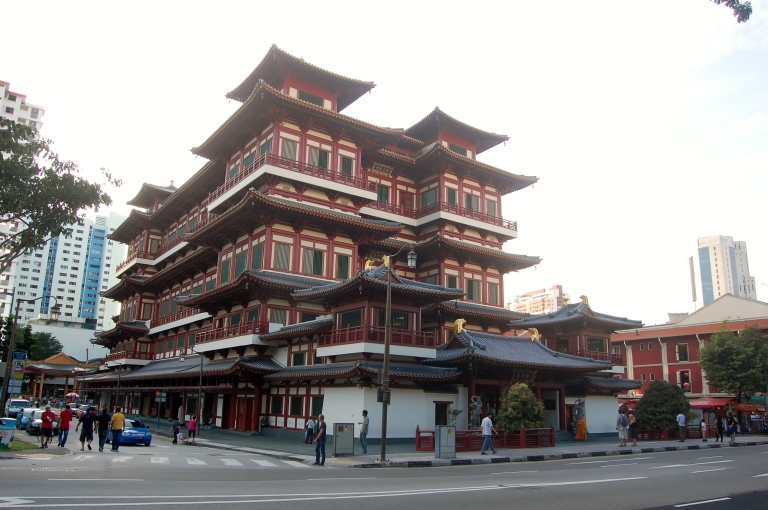
Chinatown is easy to explore, as there are convenient street names all over the place, such as Temple Street, Food Street, Mosque Street, Pagoda Street etc, which give you a good idea of what the main attractions are in each part of the area! For example, the Jamae Mosque is situated right at the end of Mosque Street, whereas all of the main (and famous!) food vendors are located within Food Street!


Some of the sights of Chinatown included lanterns adorning the walls and streets overhead, as well as colourful colonial style buildings, including window blinds high above (not sure what the correct term is) and oriental paraphernalia all around me. The food here at Chinatown was also delicious, and although I didn’t have much of it, I could still enjoy the smells as I walked past the vendors. As you would expect, there was mainly Chinese and Malay fare on sale food-wise, and Peranakan Cuisine (a mixture of Chinese and Malay) is very popular over here in Singapore. There were many stalls and retail outlets selling traditional Chinese medicines and silk gowns. I didn’t take any photos of the medicines, but you can see the makeshift stalls on the sidestreets that vendors in Chinatown have to work with to make a living.
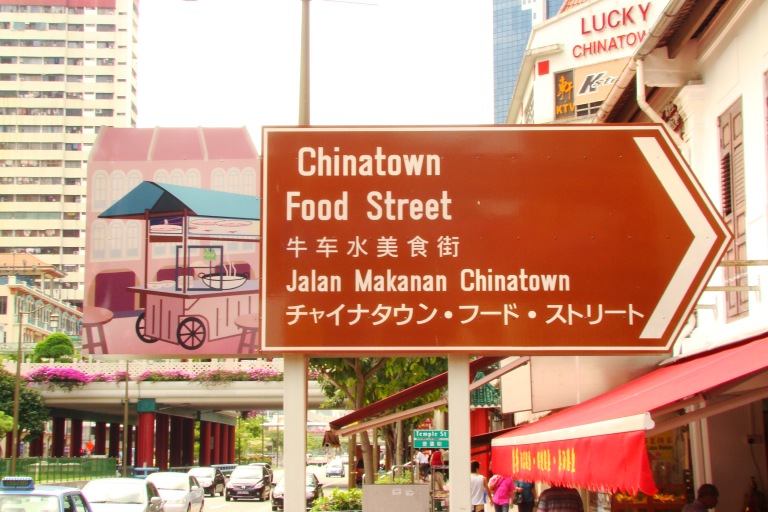
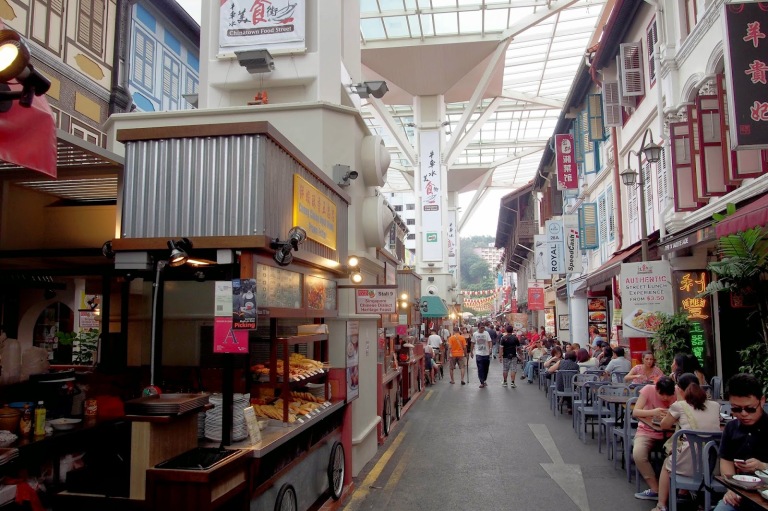
In the Telok Ayer area of Chinatown, you will find the temples and mosques which have a long tradition, as this was the first part of Chinatown with settlement. Since then, the enclave has grown, as is clearly a focal point for travellers from all corners of the globe. For example, Tanjong Pagar is now known for its bridal saloons and wedding shops, whereas Ann Siang Hill is one of the hotspots for the youth of today, both foreign and local.
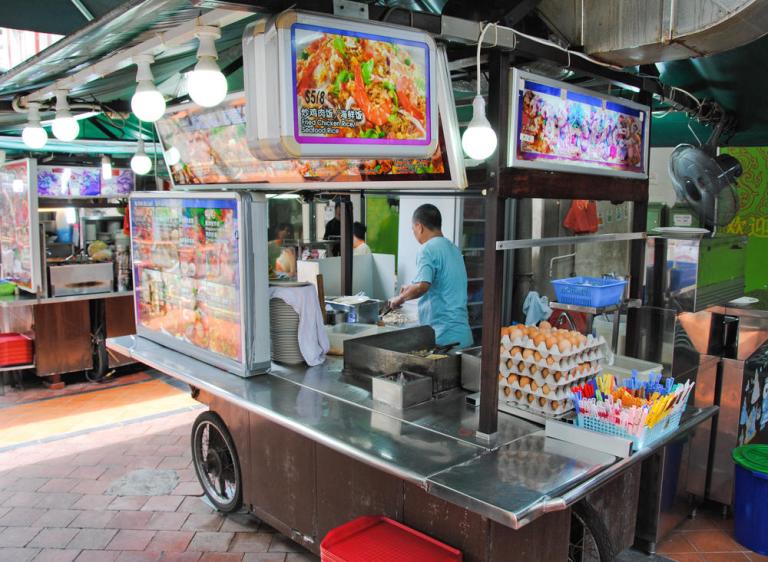

However, it is probably Food Street in Chinatown that brings to tourists here in their droves. This particular street has recently been renovated and new stalls and a new hawker centre have opened. This means the food is even more delectable than before. You won’t find too many weird and wacky pieces of street food like in other markets in Asia (Shilin in Taipei, or Khao San Road in Bangkok, for example), for the food served up in Chinatown is mainly traditional Chinese-Singaporean, as you would expect. After all, if you fancied some samosa or Dal Makhani, then go to Little India instead!
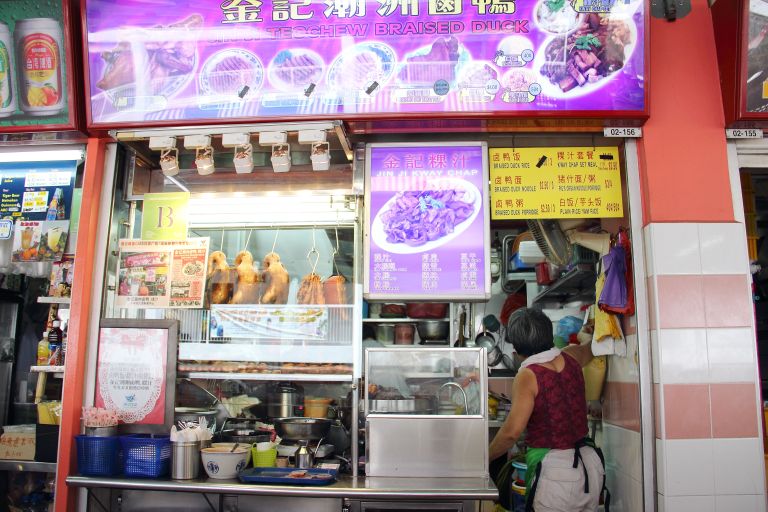

There were so many stalls and vendors in and around Chinatown that I didn’t possibly have a chance to sample all of them! I saw some nice Teochew Braised Duck for sale, although when I enquired to them they said they weren’t serving until 11am, and by that time I had found somewhere else to tuck in (I found some nice Vietnamese spring rolls). One of the saviours of Chinatown for me was the discovery of the Lai Wong Bao, which is a steamed custard bun. It is usually served as part of Chinese dim sum, but Singaporeans eat them like there’s no tomorrow! This bao was my first ever, and since then I have eaten them all over Asia!
They say visiting any Chinatown in the world will certainly be a cultural experience, and I would agree. However, Singapore’s own Chinatown seems much more real; much more authentic; much more engrossing. I could have stayed there all day – but I think I would have put on a lot of weight!


Chinese temples (like the featured photo) have always been an attractive sight to me.
Wish I could get there one day.
LikeLike
There are quite a few Chinese temples in Singapore, including the Buddha Tooth Relic temple here in Chinatown. The admission was free, so it was well-worth it!
LikeLike
Wish I were there.
😉
LikeLike
Thanks for this. Your info on Singapore has been very helpful to me as I plan for my own trip this summer.
LikeLike
If you need any more advice then please let me know! There is so much to do here, despite it being a small country. Remember: food, culture, entertainment, shopping, nature, beach. Try to fit in at least one from each of those categories when in Singapore! Chinatown sure fits the culture category – but the food there is also amazing!
LikeLike